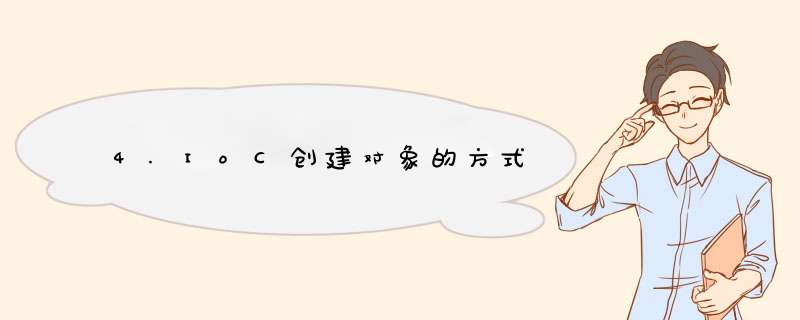
新建User类
package com.dream.pojo;
public class User {
private String name;
public User() {
System.out.println("user无参构造方法");
}
public void setName(String name) {
this.name = name;
}
public void show(){
System.out.println("name="+ name );
}
}
Spring配置
测试
@Test
public void testUser(){
ApplicationContext context = new ClassPathXmlApplicationContext("beans.xml");
User user = (User) context.getBean("user");
user.show();
}
可以发现在调用show方法之前,User对象已经通过无参构造初始化了
通过有参构造方法来创建package com.dream.pojo;
public class UserT {
private String name;
public UserT(String name) {
this.name = name;
}
public void setName(String name) {
this.name = name;
}
public void show(){
System.out.println("name="+ name );
}
}
这里的配置bean有三种方式
@Test
public void testUserT(){
ApplicationContext context = new ClassPathXmlApplicationContext("beans.xml");
UserT user = (UserT) context.getBean("userT");
user.show();
}
可以看到在配置文件加载的时候,其中管理的对象都已经初始化了
欢迎分享,转载请注明来源:内存溢出

 微信扫一扫
微信扫一扫
 支付宝扫一扫
支付宝扫一扫
评论列表(0条)